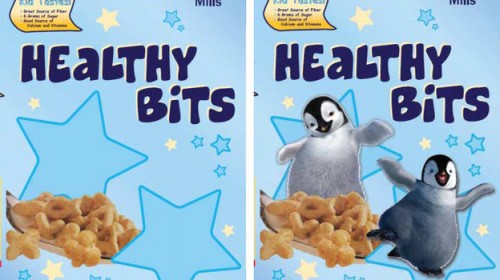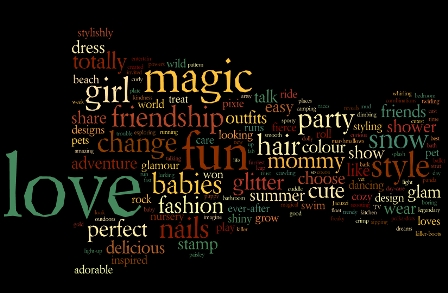Poet and musician Gil Scott-Heron died Friday. I thought you might enjoy this video, sent to me by my friend Pete, of clips from YouTube set to Scott-Heron’s most famous piece, “The Revolution Will Not Be Televised”:
NOTE: For the record, reader Azizi believes that this video, and my posting of it, trivializes Scott-Heron’s point. Azizi points us to an interview with Scott-Herson posted at Racialicious.











